
Houses with walls made of stone in Phu Thanh
Here, stone is not only a building material but also the soul of each house, well, fence, barn... all are created entirely by hand, assembled by gravity and folk techniques, without the need for any adhesives.
According to Mrs. Nguyen Thi Ky (81 years old) in Phu Hanh village, in the past, people did not have cement. Villagers just collected rocks one by one, chose the ones that fit well, stacked them up, and pressed them firmly to form a well, a house. It has been decades and it has not collapsed yet. The water in the ancient well is still clear and cool like spring water.
Mr. Vo Song Phi, Head of the People's Committee of Phu Hanh village, said: The village still has many ancient stone wells and stone walls that are hundreds of years old, enduring through many storms and winds.
This completely manual stone stacking technique is passed down through generations through experience, intuition and a deep understanding of local geology.

The wall was built entirely by hand, assembled by gravity, using folk techniques and without adhesives.
According to Mr. Phi, the rocks here are not like the basalt rocks of Ganh Da Dia, but are natural rocks located on the hill. Villagers choose suitable rocks, stack them tightly, and stuff soil or broken bricks into the gaps to create stability. It looks rough, but the technique is not easy to learn, and requires living with the rocks for many years to be able to do it.
Besides the ancient stone structures, Phu Hanh also owns the Co Thach stone hill complex spanning about 42 hectares, with relatively flat terrain, interspersed with strangely shaped rock outcrops and scattered ancient elm trees.
Some stone walls here are arranged by people to form "ramparts" surrounding gardens and houses, creating a scene like in prehistoric times.

The path up Co Thach hill with two sides of stacked stone slabs
Standing out in this complex is Mom Ca Map, a cape jutting out into the sea on three sides, from where you can see the entire Xuan Dai Bay, Hon Yen and Co Thach Beach. The unique location and charming scenery have turned this place into a favorite check-in, camping and wedding photography spot for many young people.
Despite its rich potential, Phu Hanh stone village and Co Thach hill have not yet received proper investment.
Lack of tourism infrastructure, lack of signboards or basic services, makes many tourists coming to Ganh Da Dia still not know about this place.
Currently, the preservation of ancient stone structures in Phu Hanh is mainly done by the people themselves. The village does not have an information system, local guides or community tourism model to both promote stone architecture and create sustainable livelihoods for residents.

Shark Point area, where you can see the whole sea view
Tran Bich Phuong, a tourist from Hanoi, shared: This stone village is truly unique. What impressed me most were the stone walls that were stacked by hand but have stood firm for decades. I hope this place will soon be invested into a tourist destination, because it is both beautiful and has cultural and historical value.
In the flow of sustainable tourism development, if Ganh Da Dia is a symbol of natural geological wonder, then Phu Hanh is a symbol of intelligence, identity and vitality of coastal residents.
When these two values are connected, Phu Yen is not only a destination of wild beauty, but also becomes a vibrant, profound and distinct cultural space of the land of Xu Nau.
Source: https://baovanhoa.vn/du-lich/ngoi-lang-da-doc-dao-ben-di-san-ganh-da-dia-144111.html







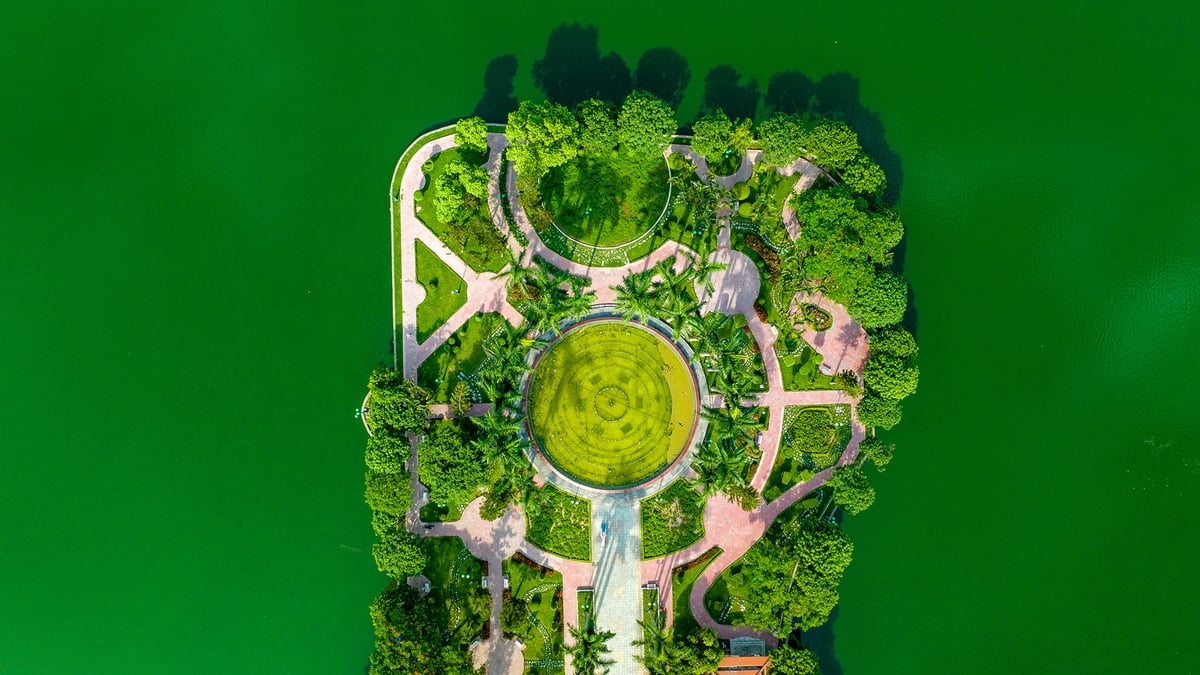







































![[Maritime News] Wan Hai Lines invests $150 million to buy 48,000 containers](https://vphoto.vietnam.vn/thumb/402x226/vietnam/resource/IMAGE/2025/6/20/c945a62aff624b4bb5c25e67e9bcc1cb)














![[Infographic] Party Committee of the Ministry of Culture, Sports and Tourism: Marks of the 2020 - 2025 term](https://vphoto.vietnam.vn/thumb/402x226/vietnam/resource/IMAGE/2025/6/22/058c9f95a9a54fcab13153cddc34435e)





















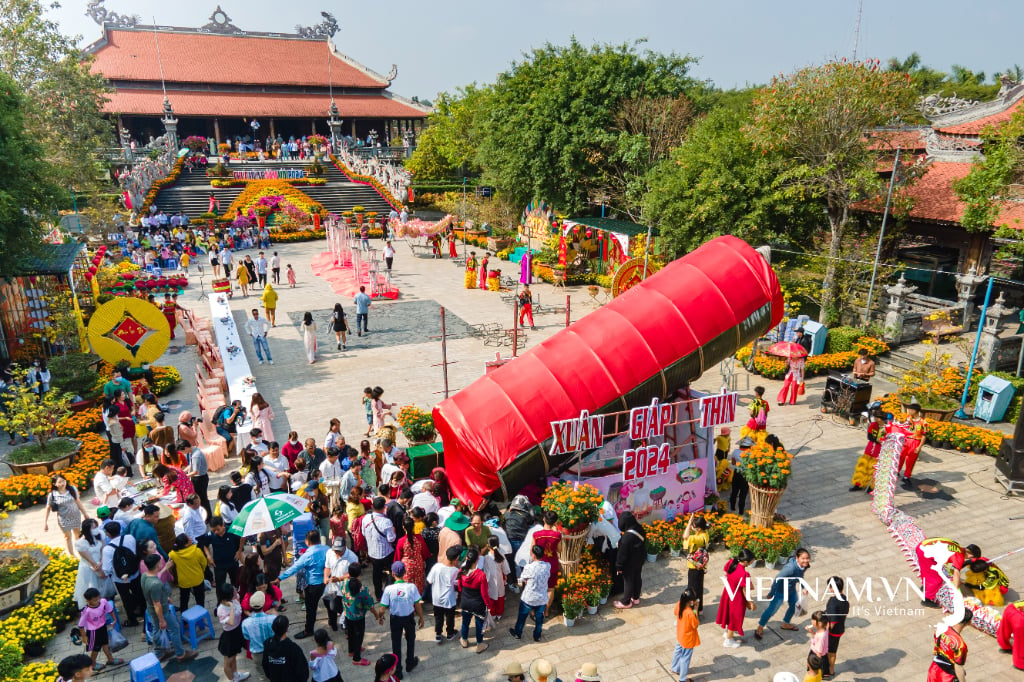
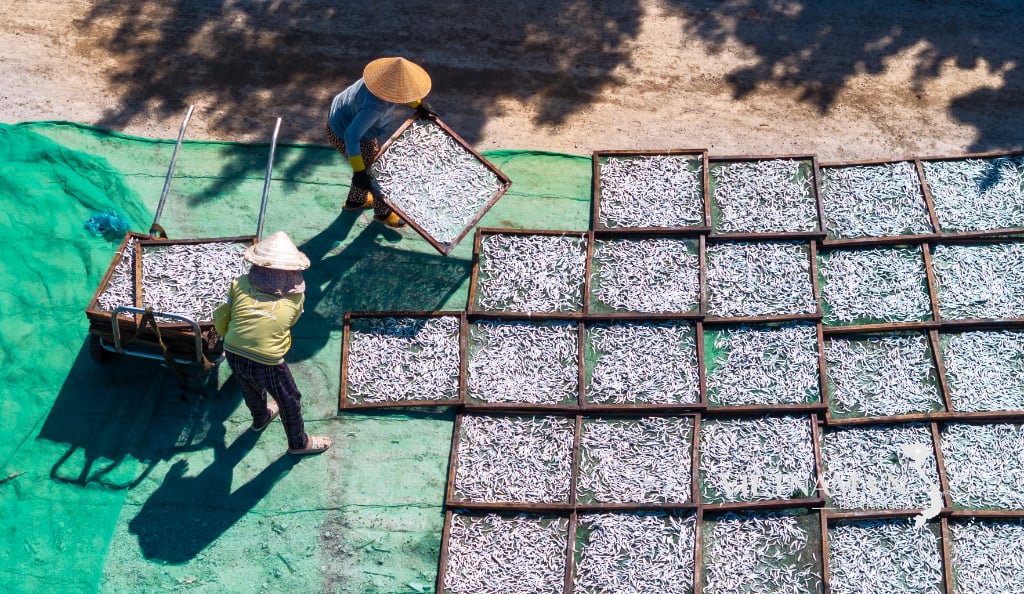
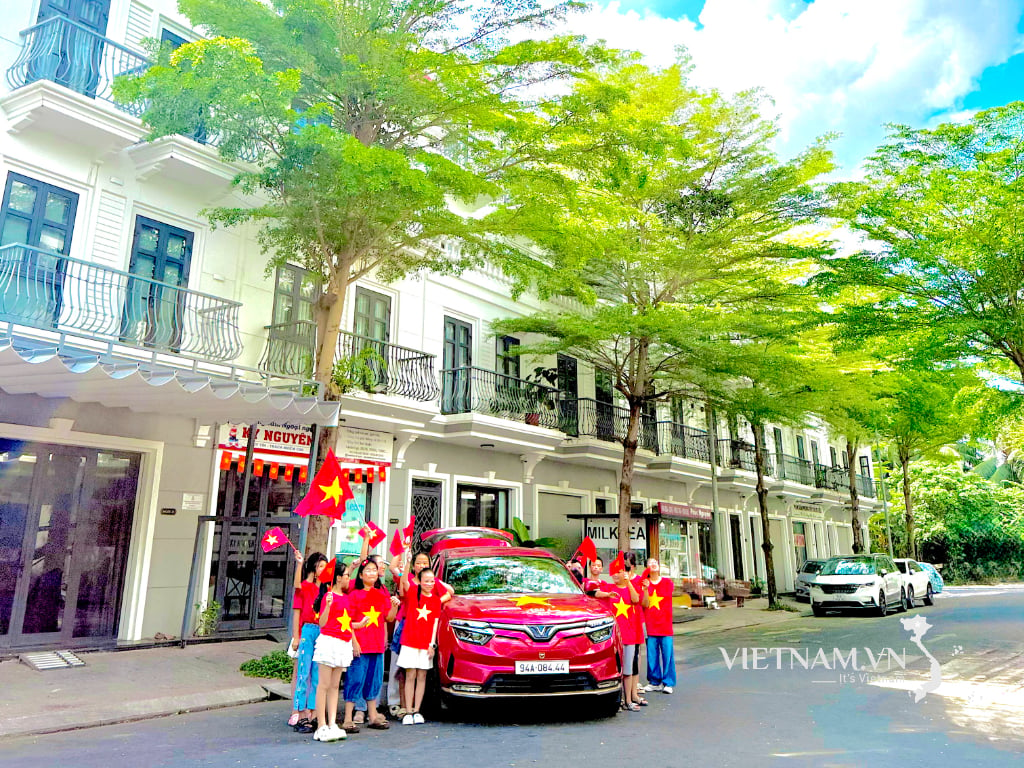
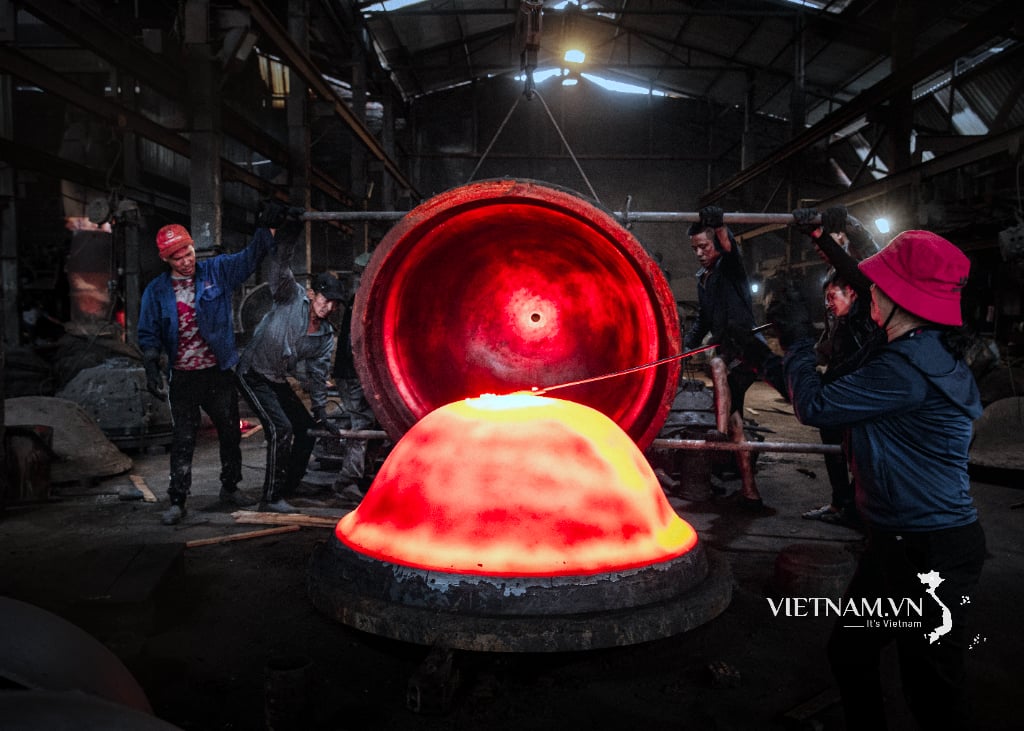
Comment (0)